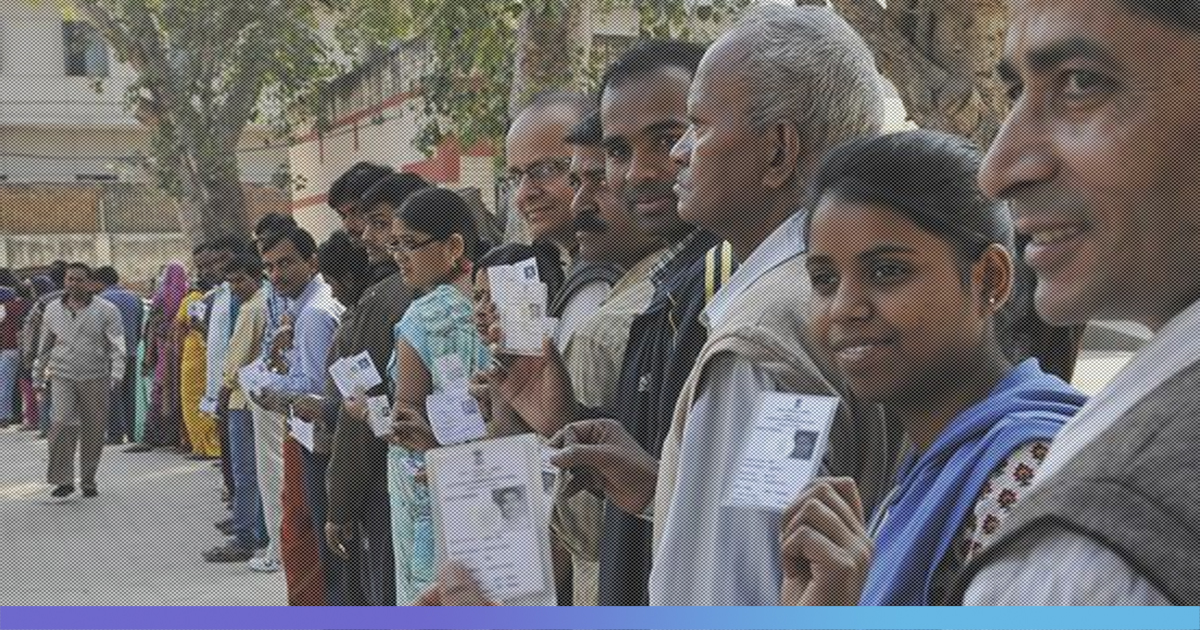
TLI Explains: What Is Anti-Incumbency & How Does It Affect The Fate Of Parties
13 March 2019 10:00 AM GMT
As the election day draws closer, the anticipation of who will come to power is also growing. Unlike in 2014, when the Bharatiya Janata Party (BJP) won the elections with a historic mandate, replicating the same victory in 2019 will be a challenge.
The BJP is one of the frontrunners in the 2019 elections (BJP and allies govern 15 of the 29 states at present), one cannot turn a blind eye to the danger its own current dominance could pose in upcoming elections. This is because, historically, anti-incumbency has played a crucial role in electoral gains in India.
Incumbency refers to the period during which an official holds office. If one were to define anti-incumbency, it simply refers to vote exercised against the elected officials in power. Anti-incumbency at best can be said to be concept based heavily on probabilities. However, very often, this very concept largely decides the fate of parties.
Incumbency also called the ‘double-edged sword’, more often than not, becomes the factor which puts the ruling party out of power.
Anti-Incumbency Explained
Meet Raghu, a 35-year-old man from a hypothetical town Sirkapur. In the last elections, two major parties, say, Shakti Party and Samata Party fought it out. Shakti Party, which is also the ruling party at the centre, in its election manifesto, promised better roads, 24-hour electricity and water supply. Extensive campaigning and strong contender together with impressive manifesto pushed majority including Raghu to vote for Ashok Sinha of Shakti Party.
Four years passed, a few promises made by the party were met, while others were not. There was an equal number of hits and misses. However, the same ruling Shakti Party suffered major pitfalls at the centre.
Raghu, along with other voters were concerned with Shakti Party’s poor performance at the centre, even though Sinha’s performance in Sikrapur’s development was satisfactory. As a result, Ragu and other voters of Sirkapur decided to vote for Samata Party in this election.
Sirkapur more or less represents a model of democracy that is followed around the world.
The Anti-Incumbency Factor
Interestingly, in 2016, the world’s 50 most populous democracies, the ruling party managed to win just 40% of the national elections. In India, the anti-incumbency phenomenon became more defined after 1991.
New York-based columnist and economist, Ruchir Sharma, who authored “Democracy on The Road”, says that India has the highest rate of anti-incumbency in the world. “Two out of the three governments get thrown out in India,” said Sharma.
Karnataka is the prime example of anti-incumbency in India. The state has seen a regular change in the ruling party, every five years, for the last three decades. The last time the ruling government was re-elected was in 1985, 34 years ago.
The ‘Cost’ Of Incumbency?
In the article titled “The Cost of Ruling: Anti-Incumbency in Elections”, author Nirmala Ravishankar highlights the direct and indirect cost of incumbency. Ravishankar writes that the direct cost is the impact of association with the ruling party at the centre on the incumbent’s fate. The party which controls the state dictates how the state votes in national elections, this is the indirect cost of incumbency, as per Ravishankar.
Apart from this, anti-incumbency sentiments also stem out of voters frustration with the elected leader and in some cases out of the desire for change. With elections around the corner, it would be interesting to see how anti-incumbency impacts the fate of ruling dispensation in India.
Also Read: TLI Explains: With General Elections Coming Up, Know What The Model Code Of Conduct Means
 All section
All section













